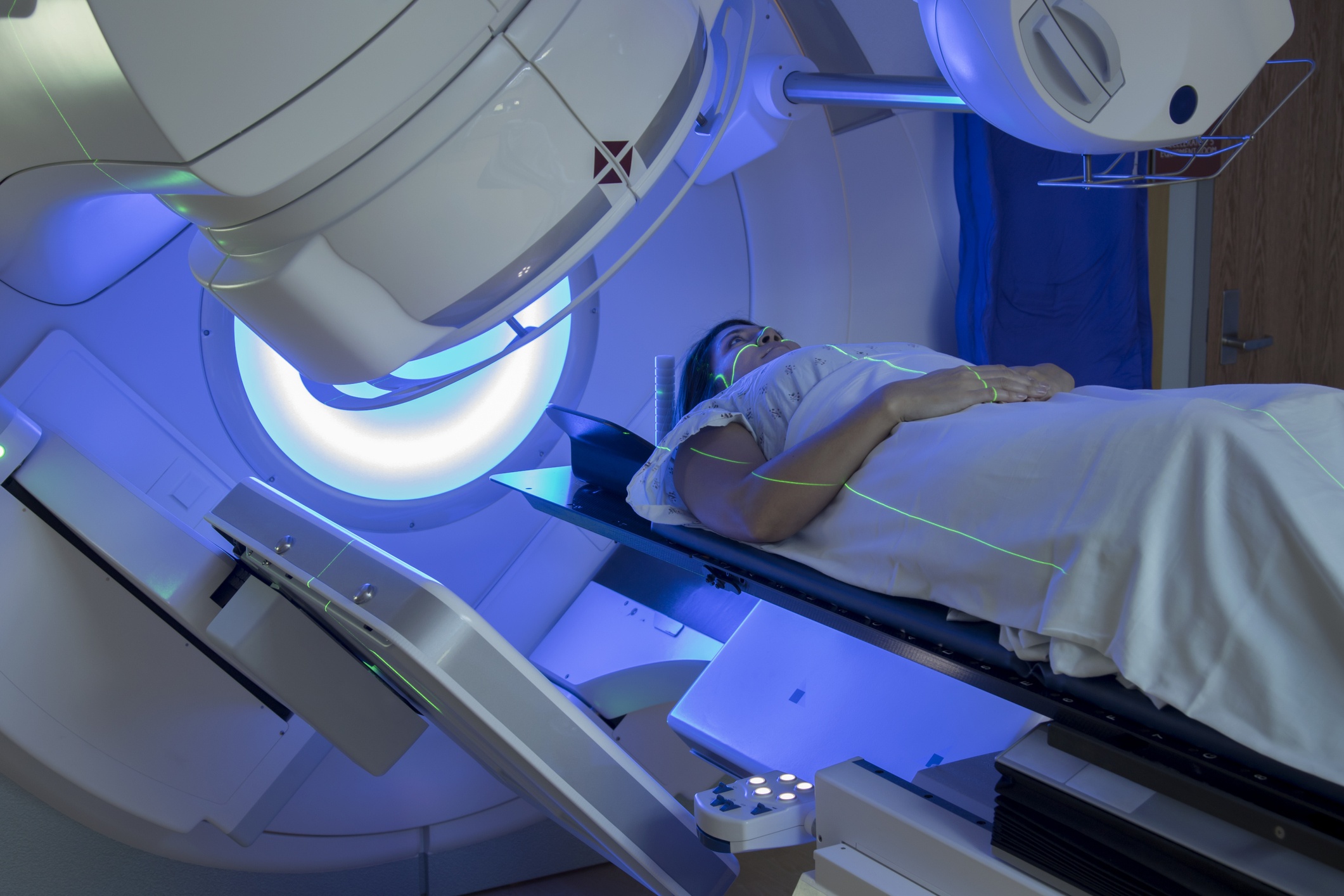
Researchers from SLAC and Stanford are working to develop a new accelerator-based device that speeds up cancer therapies exponentially and makes devices more compact. Their use of high-energy physics would not only reduce therapy duration from several minutes to a matter of seconds, but it could potentially make radiation therapies more accessible globally.
Being that the research team has received the funding it needs to go forth with their two projects developing tumor treatments, one of which utilizing protons, the other X-rays, they are in position to bring their innovative projects to the next level. The concept behind the therapy is to blast the malignant cells in such a short matter of time that other tissues remain stagnant during the exposure, reducing the change of the radiation damaging healthy tissue.
“Delivering the radiation dose of an entire therapy session with a single flash lasting less than a second would be the ultimate way of managing the constant motion of organs and tissues, and a major advance compared with methods we’re using today,” said Billy Loo, associate professor of radiation oncology at the Stanford School of Medicine.
Sami Tantawi, professor of particle physics and astrophysics and chief scientist at SLAC’s Technology Innovation Directorate, touched on the importance of their recently received funding, saying that “In order to deliver high-intensity radiation efficiently enough, we need accelerator structures that are hundreds of times more powerful than today’s technology. The funding we received will help us build these structures.”
This project, dubbed PHASER, utilizes what is called a ‘flash delivery system’ for X-rays, in which electrons are projected through a tube-shaped accelerator structure that is roughly one meter long. These electrons gain energy from a radiofrequency field that is conducted through the tube simultaneously, with this energy being converted to X-rays.
The team behind PHASER has tested and developed prototypes for this accelerator system in the past few years, manipulating tube shape and methods of introducing radiofrequency. These prototypes are reported to be performing as predicted by simulations, making them remarkably powerful accelerators for their compact size.
The researchers hope to conduct trials with their device in the near future. “Next, we’ll build the accelerator structure and test the risks of the technology, which, in three to five years, could lead to a first actual device that can eventually be used in clinical trials,” Tantawi said.
The use of proton therapy as opposed to X-ray is considered to be less harmful to healthy tissues, being that the proton therapy distributes energy in a more confined manner. The downside to this therapy is that it requires massive facilities to accelerate these protons and manipulate their energy. Magnets weighing hundreds of tons are required for this therapy as well, moving slowly around the patient to guide the proton beam accurately.
“We want to come up with innovative ways to manipulate the proton beam that will make future devices simpler, more compact and much faster,” said Emilio Nanni, staff scientist at SLAC and project co-leader. “We can now move forward with designing, fabricating and testing an accelerator structure similar to the one in the PHASER project that will be capable of steering the proton beam, tuning its energy and delivering high radiation doses practically instantaneously.”
It sounds like something out of Sci-Fi…new #PHASER accelerator #tech may reduce radiation treatments to seconds- reducing damage to normal health cells. #endcancer #standuptocancer New #Cancer Fighting Tech Can Zap Away Tumors In Less Than A Second https://t.co/ZB3xY3jBy7
— Karla Dick, D.O. (@DrKRD) December 3, 2018
Source: ScienceDaily







 © 2025 Mashup Media, LLC, a Formedics Property. All Rights Reserved.
© 2025 Mashup Media, LLC, a Formedics Property. All Rights Reserved.